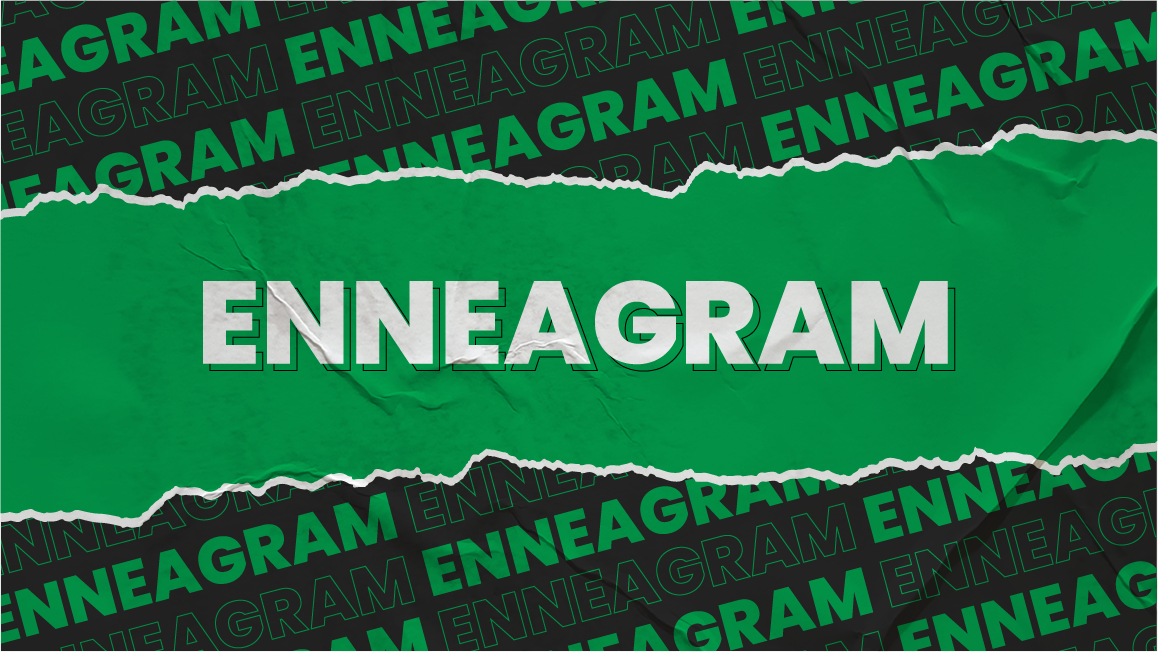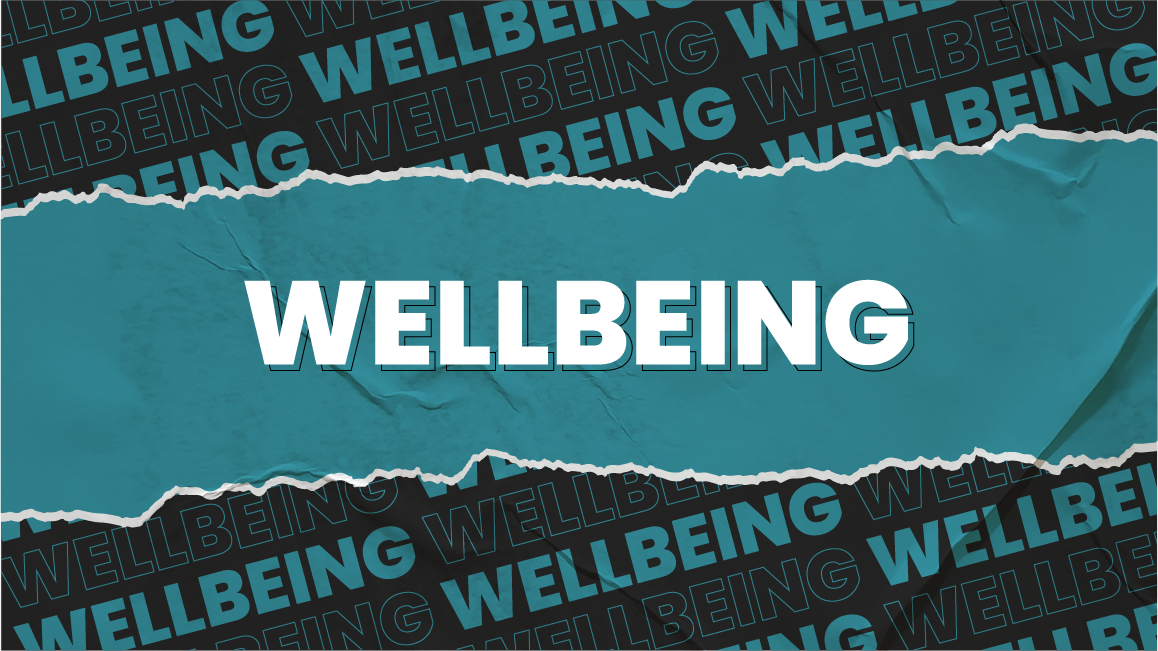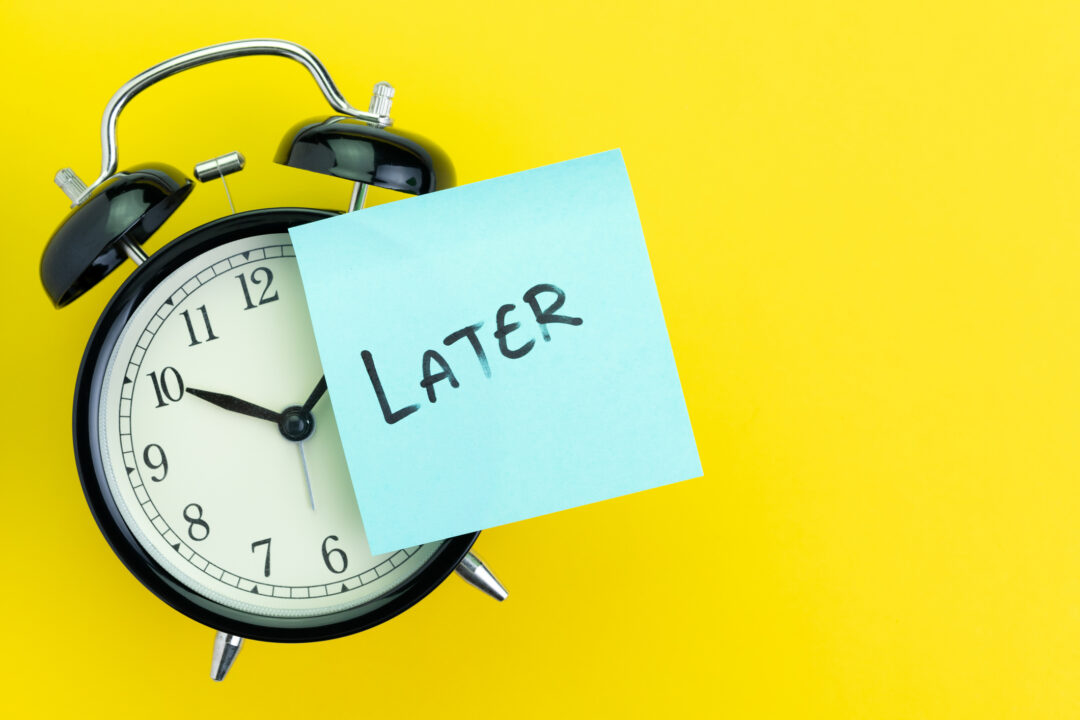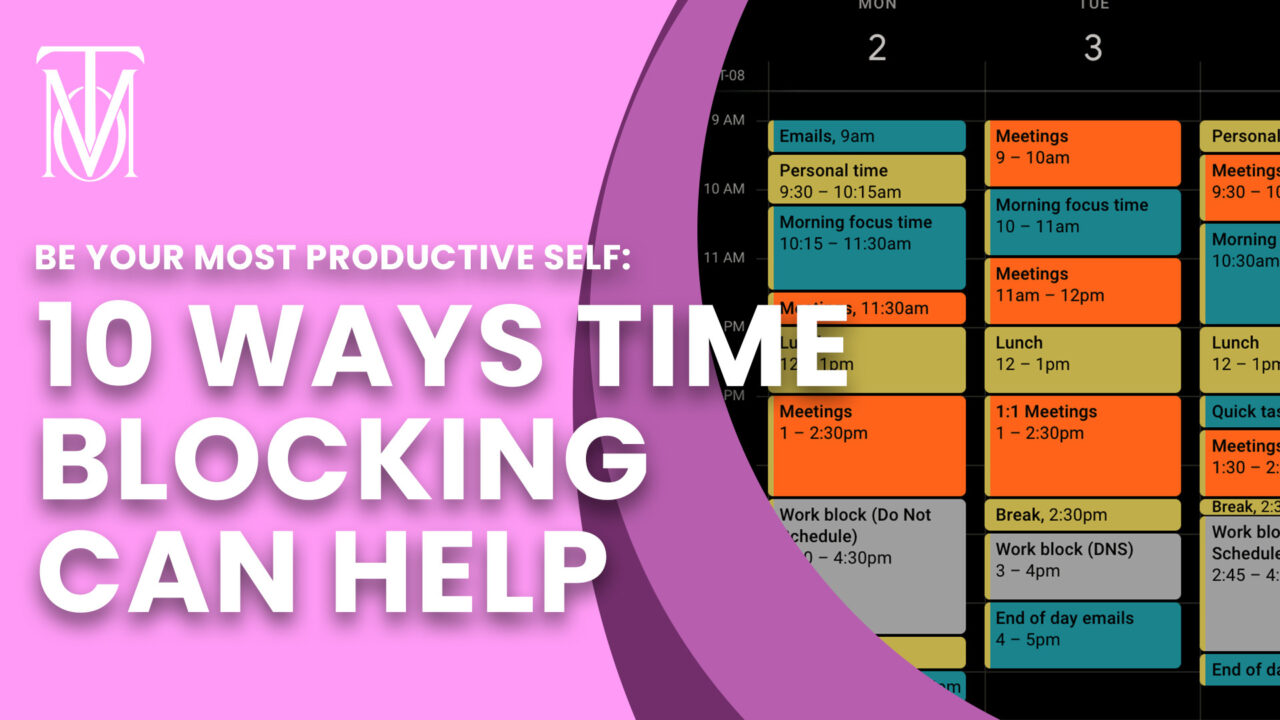Richard Feynman is among the most renowned, accomplished, and well-known theoretical physicists of all time, ranking with Albert Einstein, Stephen Hawking, and Sheldon Cooper.
During his career, he pioneered the science of quantum computing, played a vital role in the realm of particle physics, introduced the world to the notion of nano-technology, and received the Nobel Prize in Physics, among other things.
It goes without saying that Richard Feynman was a well-educated guy.
However, one of his most notable traits was his ability to communicate his knowledge to others in a manner that they could understand.
In fact, Richard Feynman was dubbed “the great explainer,” and his straightforward learning approach, the Feynman Technique, maybe his most significant contribution to society outside of science.
What Is Feynman Technique?
The Feynman’s own explanations are a learning strategy that unlocks your potential and widens your knowledge, and challenges you to build a thorough insight.
Richard Feynman’s method of learning was a Nobel laureate in physics. His true skill was his ability to simplify complex concepts for others.
His simple technique discovered that jargon, ambiguous language, and intricacy indicate a lack of comprehension and source material.
The Feynman learning Technique consists of four major steps:
- Choose a topic that interests you.
- Explain it to a twelve-year-old.
- Consider, refine, and simplify
- Review and organize
What Is The Fastest Way To Learn Feynman’s Technique?
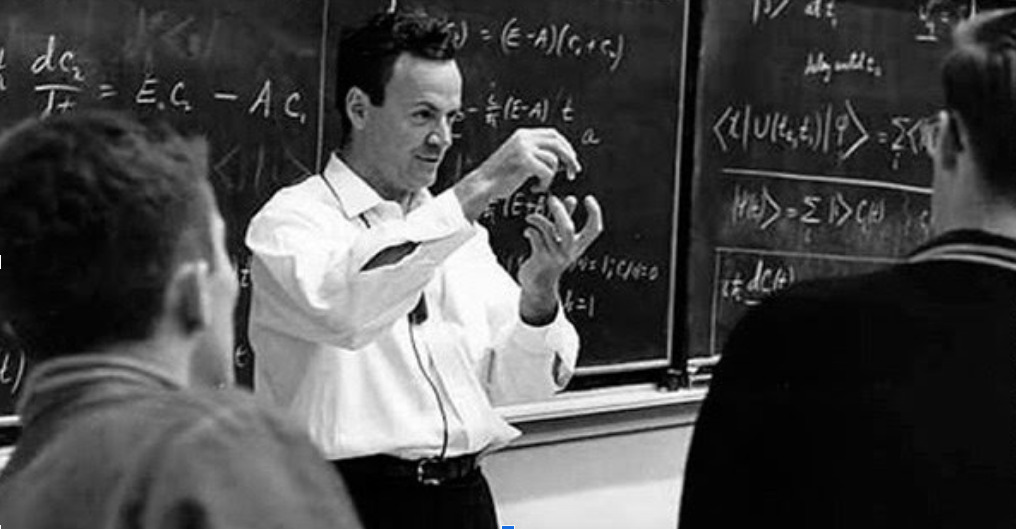
Step 1: Select a subject that interests you.
What issue piques your interest?
Take a blank piece of paper after deciding on a subject.
As if you were instructing a kid, write down all you know about the topic you wish to comprehend and identify knowledge gaps.
Add to your sheet as you learn more about the subject.
Using a different color pen might help you observe how your learning progresses.
Step 2 is to proceed after you believe you grasp the material.
Step 2: Tell a 12-year-old about it.
Explain a subject in your own words to a 12-year-old now that you believe you understand it well.
Use your document as a guide and attempt to eliminate any jargon or complexity. Use just simple language for better understanding. Use only basic words that a youngster might comprehend.
Anyone may complicate a topic, but only someone who knows it can make it simple.
Jargon conceals our lack of comprehension. When you are forced to write out a concept from beginning to end in basic English, you discover areas of tough understanding… where it doesn’t make sense… when you get irritated… where you realize you don’t comprehend as well as you believed. Only by recognizing knowledge gaps can you fill them.
Step 3: Reflect, Refine, And Simplify
You grasp a thing only when you can express it in a simple explanation.
Simple is lovely. For a clearer understanding, keep it simple.
Examine your notes to ensure you haven’t borrowed any jargon or glossed over anything complex.
As though you were reading to a kid, read it aloud. If your explanation isn’t plain enough or seems complicated, it’s a good sign that you must consider and revise it.
Return to the original material and review the bits you don’t comprehend.
Repeat until you have a clear explanation.
Step 4: Organize And Examine
Run it by someone else to put your comprehension to the test in the real world. How convincing was your explanation? What were their inquiries? What portions did they get mixed up on?
When you’re satisfied with your knowledge, place the page you made with a basic explanation in a binder. Following this strategy for everything, you learn results in a binder full of knowledge that you can review a few times a year.
Why Use The Feynman Technique?
It looks to be a simple strategy, yet it is quite successful.
The strategy allows us to swiftly review a subject, identify weak areas, and, most importantly, demands active learning—we are forced to think about how we would communicate a specific idea in simple words rather than passively rereading or marking.
It also eliminates memorization from our learning process. We memorize almost everything in school and fast forget it when we complete our tests. On the other hand, the Feynman approach goes considerably farther, asking us to demonstrate our comprehension of a specific issue and explain our opinions.
Finally, the Feynman approach encourages us to go further into issues that pique our attention. And this is the core of studying anything: be inquisitive about what you’re learning and fall in love with it. The learning will take care of itself if we can have fun and appreciate the ride.
Is The Feynman Technique The Best Way To Learn?
The Feynman Technique is regarded as a straightforward learning strategy for rapidly and readily grasping concepts. However, it is more of a self-assessment approach for testing your grasp of what you learned than a full-fledged learning method. It is a highly valuable concept to comprehend, whether in high school, college, professional, or in daily life.
If done correctly, one of the key advantages of the Feynman learning process is that it prevents memory from playing a big part. While remembering information is required for learning anything, it does not indicate comprehension. Using analogies and easy language to describe your chosen subject to a youngster, on the other hand, goes a long way toward establishing your topic understanding.
Finally, the simplest approach to learning anything new is to be interested in it and thoroughly delve into it.
Final Thoughts:
The Feynman Technique is a great way to comprehend your judgments and fine-tune facts that don’t add up.
The Feynman Technique is an excellent place to begin if you are interested in understanding complex effectively.
Learning new skills and knowledge requires time, patience, and humility. Starting with a blank page forces you to confront what you don’t know. From then, all you need is a pen, some materials, and a desire to investigate to go on an endless learning journey.

